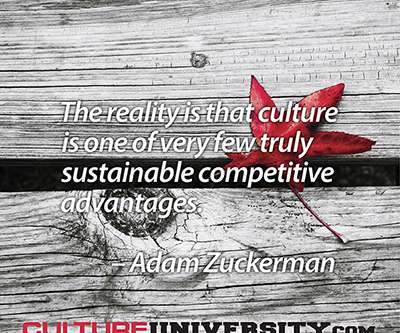People and Culture vs. HR: What’s the Difference?
Analytics in HR
AUGUST 6, 2024
The role of People and Culture department Change leadership expert Seth Kahan predicted in 2015 that management would “transform twice in the next 10 years.” Talent development : Investing in ongoing employee growth and development through training, coaching, and mentorship. He believed that “management 2.0”






























Let's personalize your content